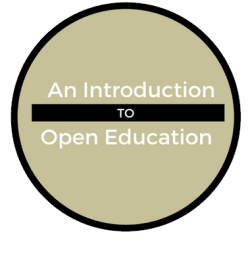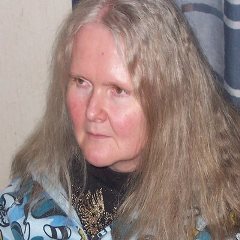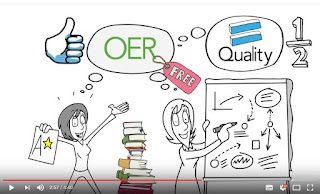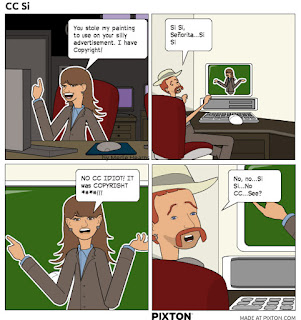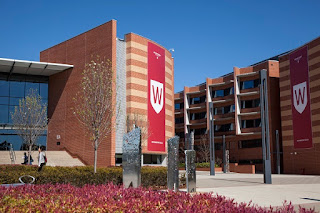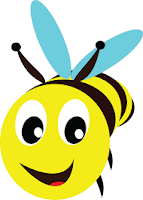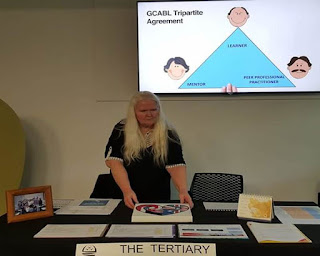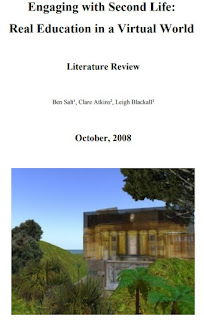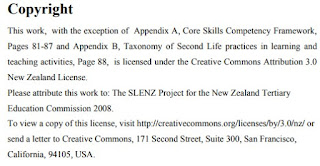The following contains two sections from a complete unit of work. The first section contains a reworked version of an Open Education resource for Otago Polytechnic. The second section is original work.
Section 1
Activity: What is Literacy?
(From Open Polytechnic course: Literacy and Numeracy for Learning, Module 1, CC License)
Requirements: Look at some definitions (see links) for literacy and create your own definition based on your understanding. Write the definition below, then share your definition on the class wiki.
Links:
- Read p. 7 of Te Kawai Ora report by the Maori Adult Literacy Reference Group in 2001 to the Hon. Tariana Turia (A summary of this can be found on thisisgraeme – link: Maori Literacy Definition from Te Kawai Ora Including Executive Summary)
- Workbase – Adult Literacy
- Education Development Centre – Why Does Literacy Matter?
- Queensland Govt – Literacy and Numeracy Fact Sheet
Definition:
____________________________________________________________
____________________________________________________________
____________________________________________________________
____________________________________________________________
Section 2
Assessment: The Whakapapa of Literacy and Numeracy in New Zealand
Your first assessment deals with the historical development of literacy and numeracy in New Zealand. There are three readings below. These readings contain all the information you need, to understand the relevant, critical, historical events that have led to the current status of literacy and numeracy in New Zealand.
Read about these events carefully. For the purpose of the assessment, select a date that is important to you personally. It may be that you had a grandparent who was punished at school for speaking his/her own language, it could be that your family came from another country speaking a language other than English as your first language, it could be that your aunt was taught to read using phonetics at school, or it could be that you had a good friend who was part of a rural community using correspondence courses to learn school subjects. You need to select someone to help you. You will need to interview that special someone and answer questions like:
- Could you please tell me about …?
- What effect did … have on your literacy/numeracy?
Readings:
- thisisgraeme – History of Māori Literacy and Numeracy: Key events and initiatives
- ACE - Fifty Years of Learning: A history of adult and community education in Aotearoa from the 1960s to the present day
- Tertiary Education Commission – Getting Results in Numeracy and Literacy
Some events you could consider (this is just a sample of events and they are not in chronological order!)
- Draft Tertiary Education Strategy
- More Than Words: The New Zealand Adult Literacy Strategy
- The first school in New Zealand
- The Native Schools Act
- The first adult literacy scheme established in Hawke’s Bay
- Te Whare Wānanga o Raukawa was set up
- Pathways Awarua went online
- The Adult Literacy Achievement Framework (ALAF) was developed
- Employment training schemes included basic literacy skills
- The first Correspondence School classes began
- The Literacy and Numeracy for Adults Assessment was set up
- The first kōhanga reo were established
Instructions:
- Click on the Google Slides Link
- Find your date on the Whakapapa Timeline
- Check the date on the timeline – you may need to change it to show a month
- Run the presentation
- Click your event dot (N.B. only the little filled-in dots are links – large dots with a blank centre are time markers only!)
- The dot will take you to the right slide – make sure you identify your slide number
- Edit your slide
- Check the date in the title is correct before you edit the slide!
- You have three questions to answer about your event
- There is room to add your video interview or voiced over presentation to the slide
- Keep saving as you work – you do NOT want to lose your work
- The interview requirements are listed below
If your date does not appear on the Timeline, please feel free to add a dot (N.B. if you add a dot, you must copy an empty slide from the end of the presentation and add it in chronological order. Then, you must also hyperlink the dot to the correct slide.) Dates on the Timeline are already linked to the correct slide.
Please note, if you feel confident with your level of digital skill, you can change the layout of your slide, as long as all the required elements are present.
*N.B. July 1997 has been done for you as an exemplar.
The video interview for July 1997 is also available on Youtube.
Interview requirements:
- Find someone to interview who was personally involved in the event, knows about the event in detail from whanau or friends, or is very knowledgeable regarding the event.
- Check the accuracy of the information before you publish your video/presentation.
- The interview must not be shorter than two minutes or longer than six minutes.
- You can use any media to create the video/presentation as long as we can hear the interviewee’s voice.
- Make sure you have the permission of the person interviewed to use the video in a format that can be viewed by the general public.
Marking Criteria:
This assessment will either be marked Complete or Incomplete.
If you have excellent information, a good interview, and the presentation is professional, you can achieve a Merit.

This work is licensed under a Creative Commons Attribution 3.0 New Zealand License.
